Unique two-faced gold ring found in Poland (photo)
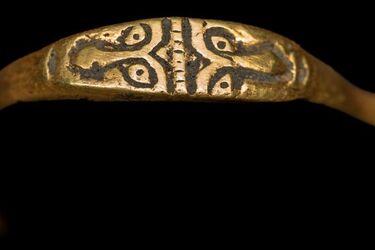
Archaeologists excavating under Wawel Castle, the former residence of Polish kings in the city of Krakow, have discovered a unique gold ring that probably dates back to the 11th or 12th century.
The ring has an unusual double-sided design that does not conform to the traditional Christian symbolism of the period. The images on it probably depict Janus, the two-faced Roman god, which may indicate the high level of skill of local jewelers, according to the Royal Castle of Wawel (Zamek Królewski na Wawelu).
You may also be interested in: In England, archaeologists have discovered a prehistoric "time capsule" (photo)
"This is the only example of depicting people (or figural at all) on an early medieval ring from Poland," says researcher Jerzy Trzebiński.
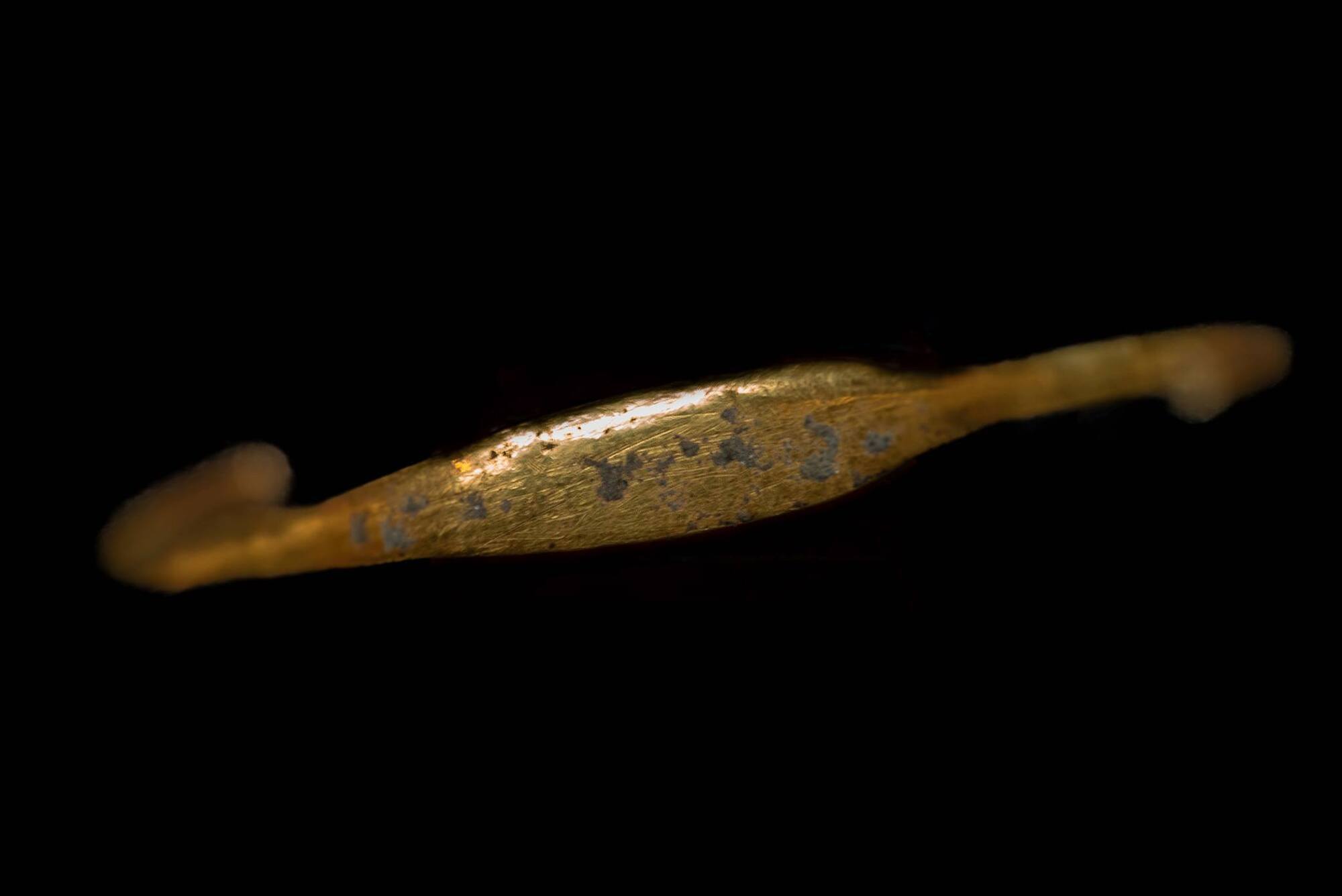
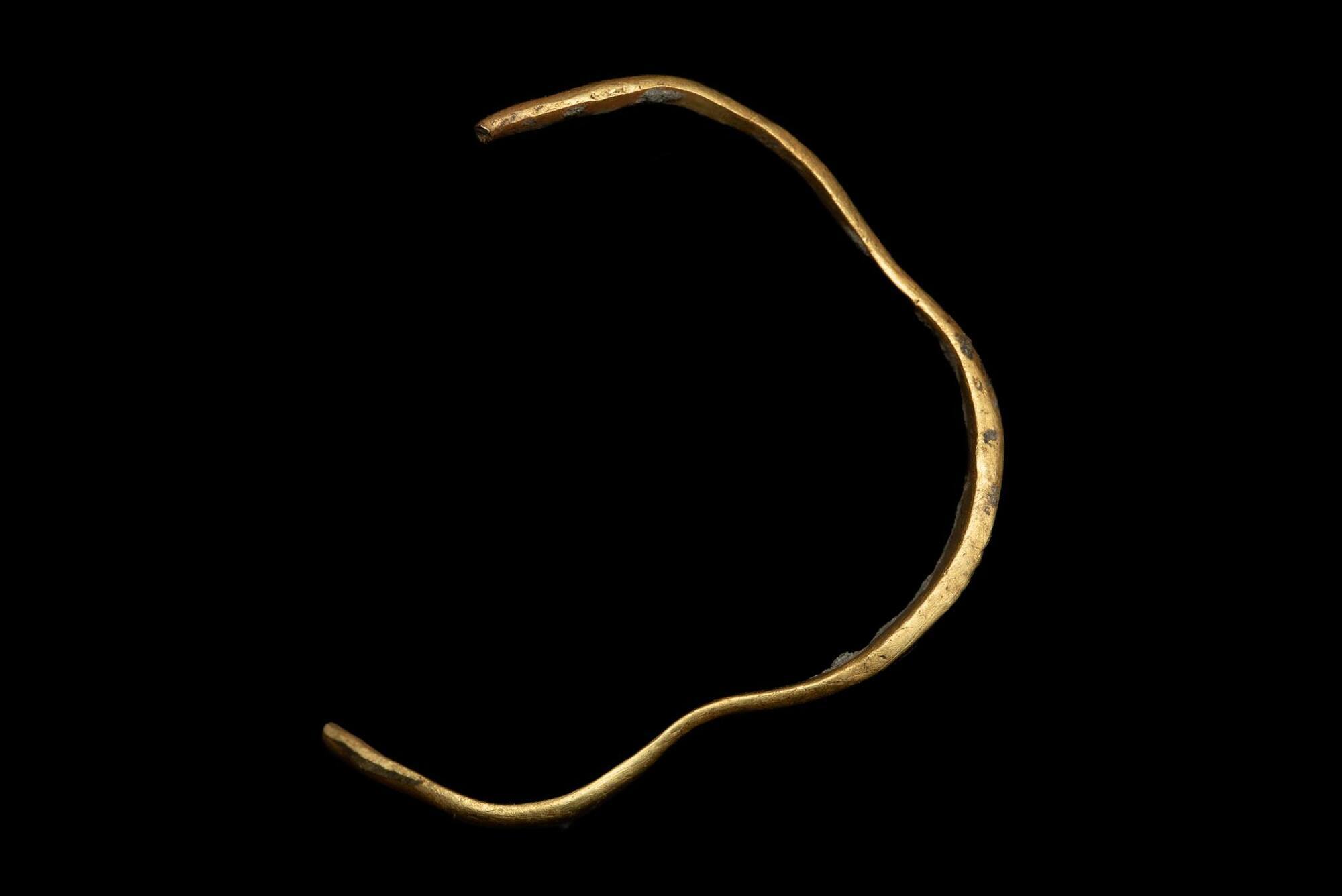
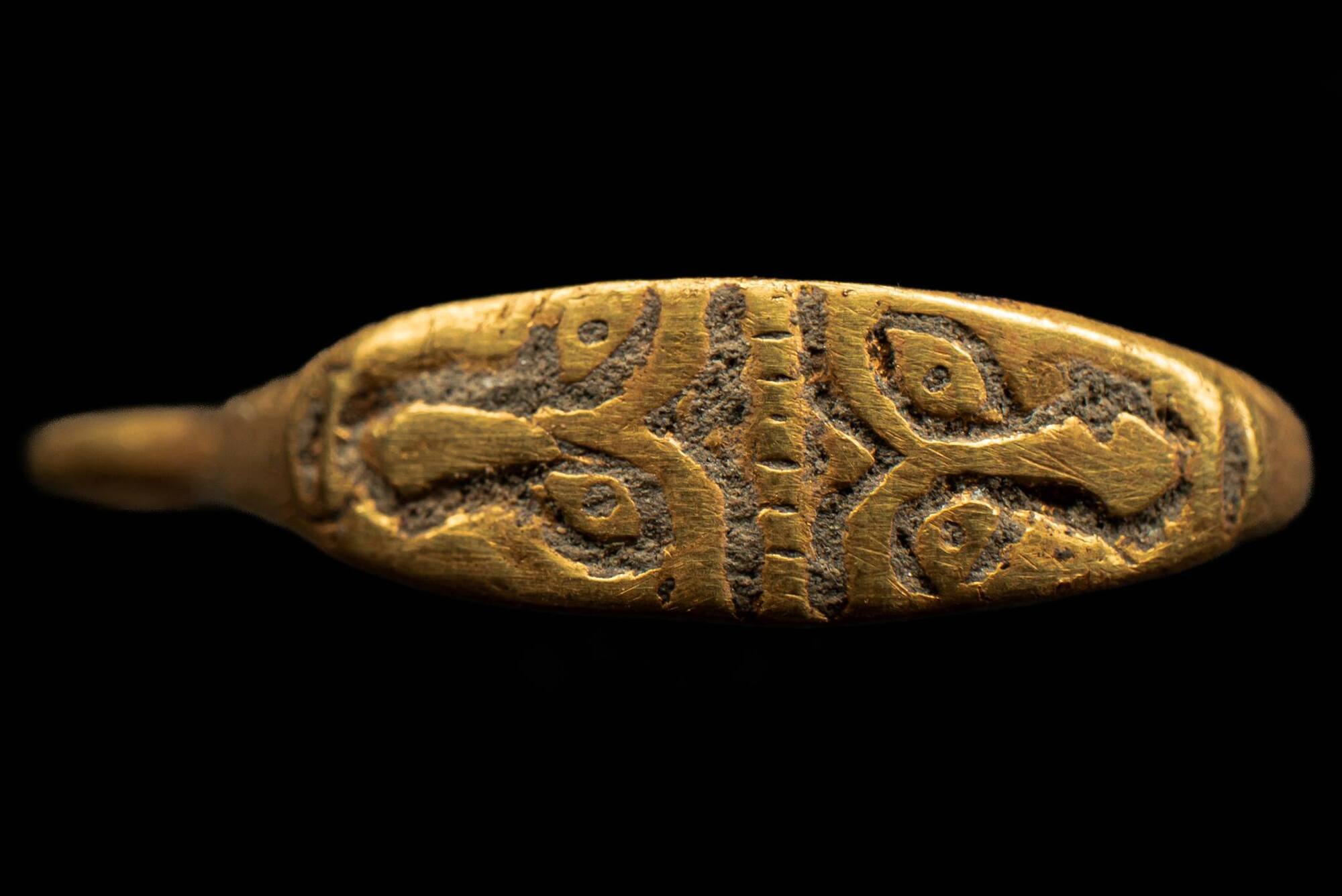
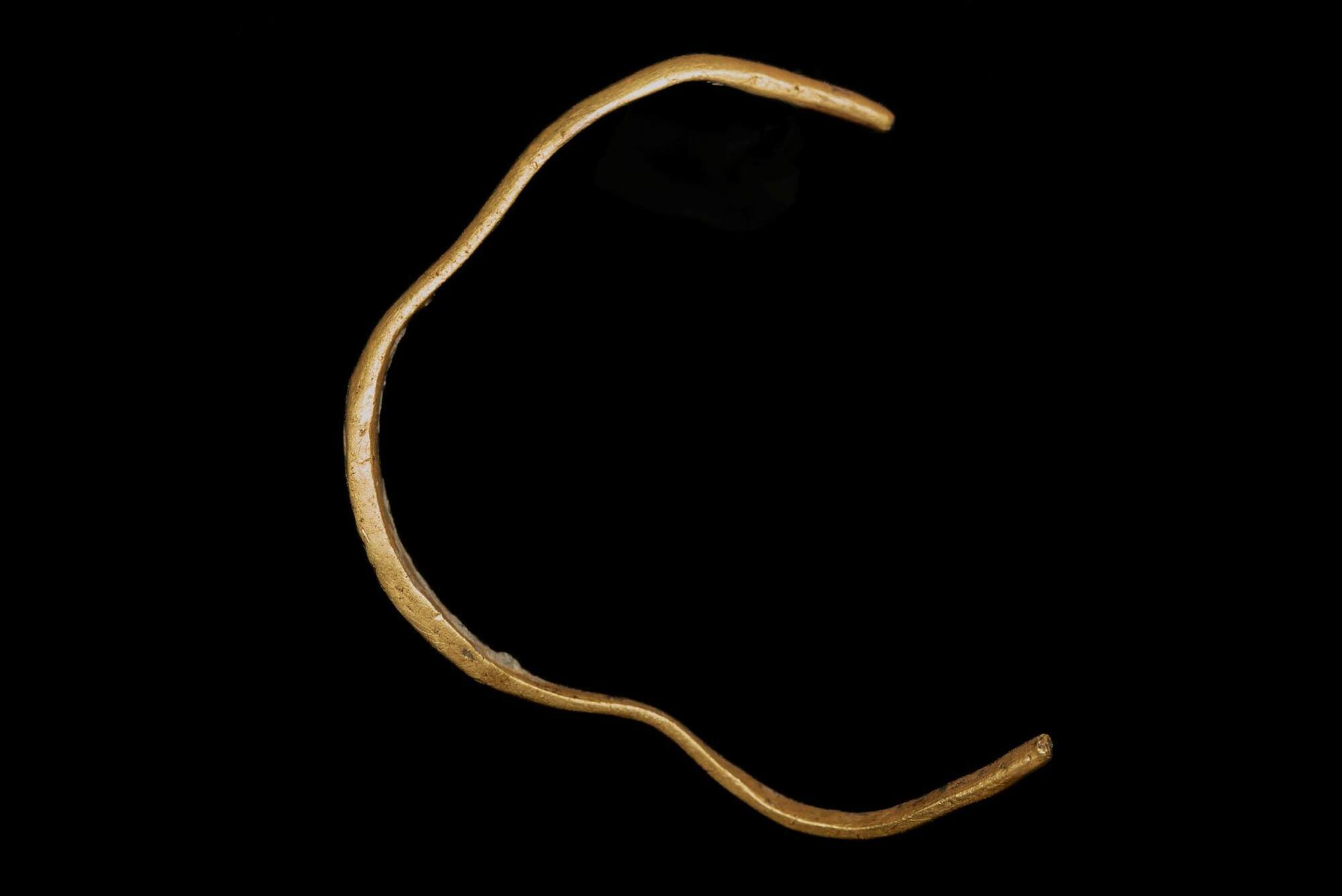
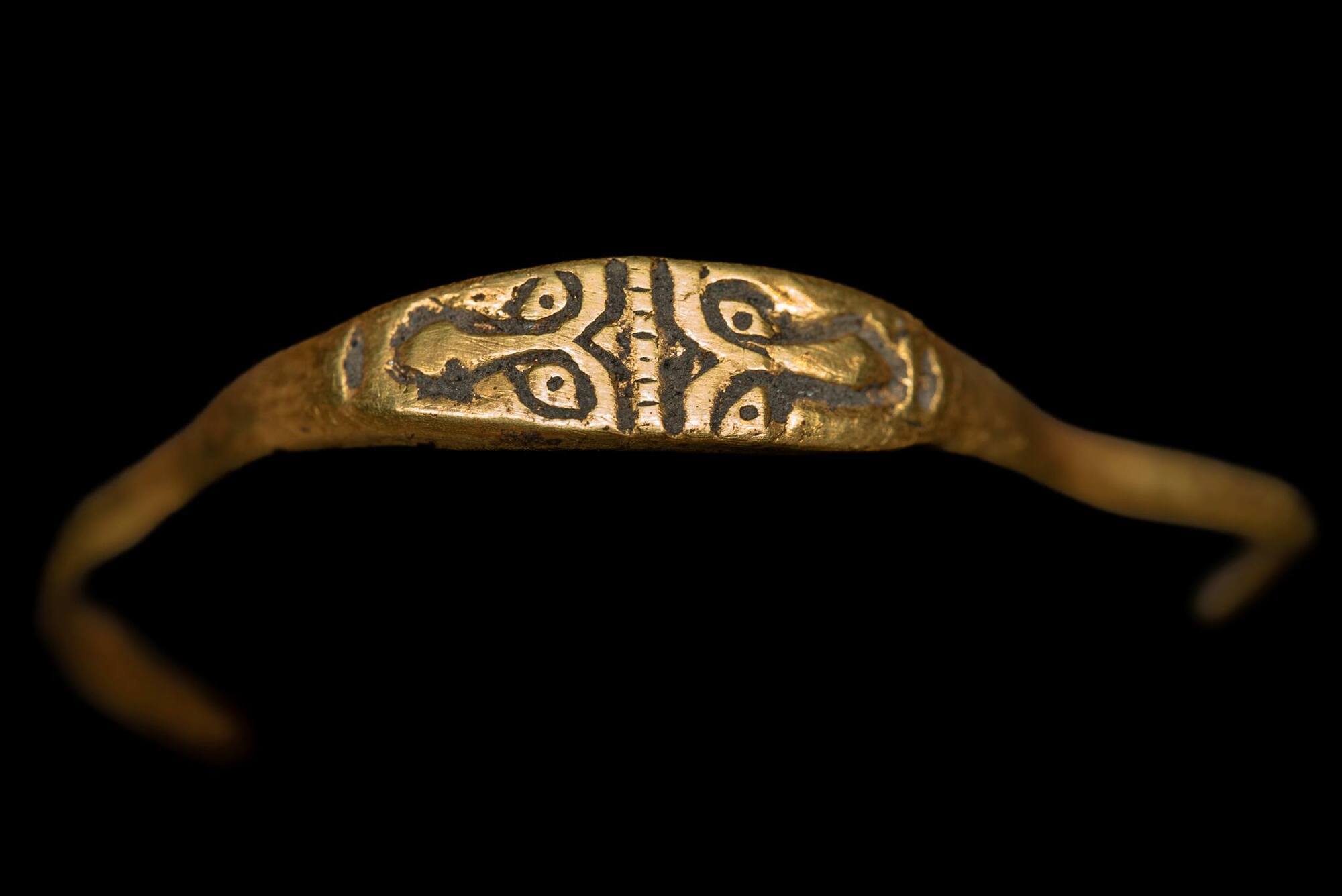
The ring is 1.5 mm thick, 4 mm in diameter and 57 mm in circumference. It is decorated on both sides, which makes it very unusual. Only a few early medieval gold rings without ornamentation or with simple geometric patterns have been found in Poland.
Trzebiński believes that the ring was probably made by local craftsmen and may have belonged to the elite under the Piasts, Poland's first ruling dynasty.
The ring was found in the basement of the castle's Danish Tower, built in the late 14th and early 15th centuries.
The history of Wawel Castle goes back to the 11th century, but the hill on which it is located has long been an important center of power.
Earlier in China found ancient burial sites with artifacts for divination.
Scientists investigated the first cave shelters in which the discoverers of South America lived 13 thousand years ago.
Want to receive the most relevant news about the war and events in Ukraine - subscribe to our Telegram-channel!
